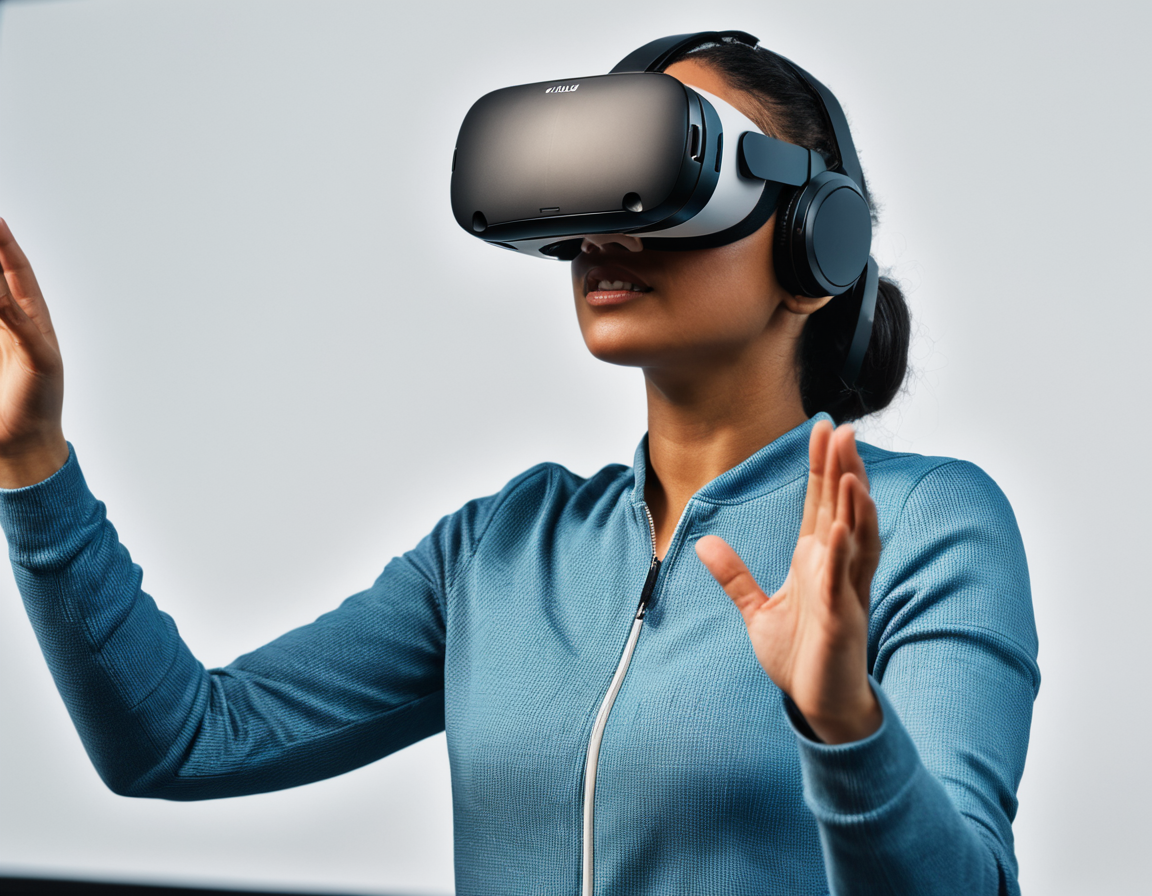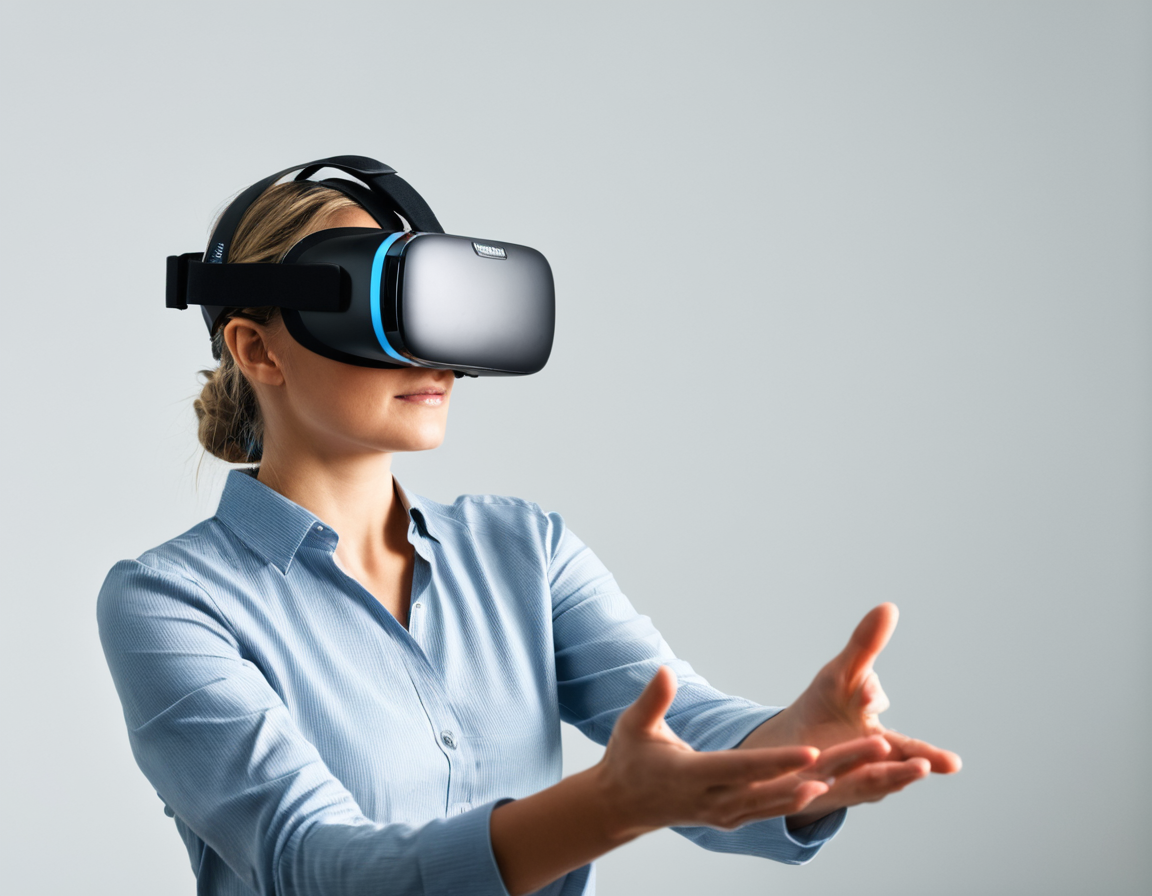Title: “Virtual Reality Training: Unleashing the Power of Immersive Learning”

In recent years, virtual reality (VR) technology has been rapidly evolving and expanding into various industries, including education and training. The potential for VR to revolutionize how we learn is immense. By providing immersive experiences in a simulated environment, VR can enhance knowledge retention while reducing the risk of accidents or injuries associated with hands-on learning in real life.
One of the most significant advantages of virtual reality training lies in its ability to provide a realistic and interactive experience that engages multiple senses. This immersive nature allows learners to engage more deeply, enabling them to retain information better than through traditional classroom instruction or two-dimensional media such as videos or slideshows.
Virtual Reality Training for Enhanced Learning Experience:
1. Customized learning scenarios: With virtual reality training, instructors can design customized training sessions tailored to the individual’s needs. VR allows learners to practice and develop skills in a controlled environment that closely mimics real-life situations. This personalization leads to better understanding, increased confidence, and faster skill acquisition.
2. Realistic simulations: Virtual reality technology enables trainees to experience high-risk or expensive scenarios without putting themselves or others at risk. Emergency response personnel, for example, can practice handling dangerous emergencies such as fires or chemical spills in a controlled environment. Medical professionals can simulate complex surgeries and procedures before attempting them on actual patients.
3. Cost and time-efficient: Traditional training methods often involve substantial expenses due to the need for equipment, infrastructure, and resources. With VR technology, trainees can learn from anywhere without requiring costly physical materials or spaces. The flexibility of virtual reality also allows learners to practice at their own pace, reducing overall training time while maximizing knowledge retention.
4. Collaborative learning: Virtual Reality Training enables remote collaboration between trainees and instructors worldwide. This interaction offers an unprecedented opportunity for global teams to interactively engage in team-building exercises or complex problem-solving scenarios.
5. Enhanced Retention Rates: Studies have shown that individuals retain information better when learned through immersive experiences rather than passive learning methods, such as reading or listening. Virtual reality creates a more engaging and interactive environment for the brain to process and encode new knowledge. This increased engagement leads to higher retention rates and quicker application of newly acquired skills.
Virtual Reality Training: The Future is Here:
As VR technology continues to advance, it will undoubtedly transform the training landscape. From enhancing soft skills like communication and teamwork to providing hands-on experience in high-risk scenarios without putting lives at risk, virtual reality offers an unparalleled opportunity for learners worldwide. As companies continue to explore new applications of this immersive technology, we can expect a significant shift toward VR as the preferred method of training across various industries.
In conclusion, Virtual Reality Training is revolutionizing how we approach learning and skill acquisition. By providing an interactive, realistic environment that engages multiple senses, VR offers a unique opportunity to enhance knowledge retention while reducing costs associated with traditional classroom-based instruction or real-life practice sessions. The future of training lies in the immersive experiences offered by Virtual Reality, and it’s up to us to embrace this powerful tool for unlimited learning potential.
SEO keywords: Virtual reality, VR technology, Immersive Learning, Enhanced Retention Rates, Customized learning scenarios, Realistic simulations, Cost-efficient training, Collaborative learning.

